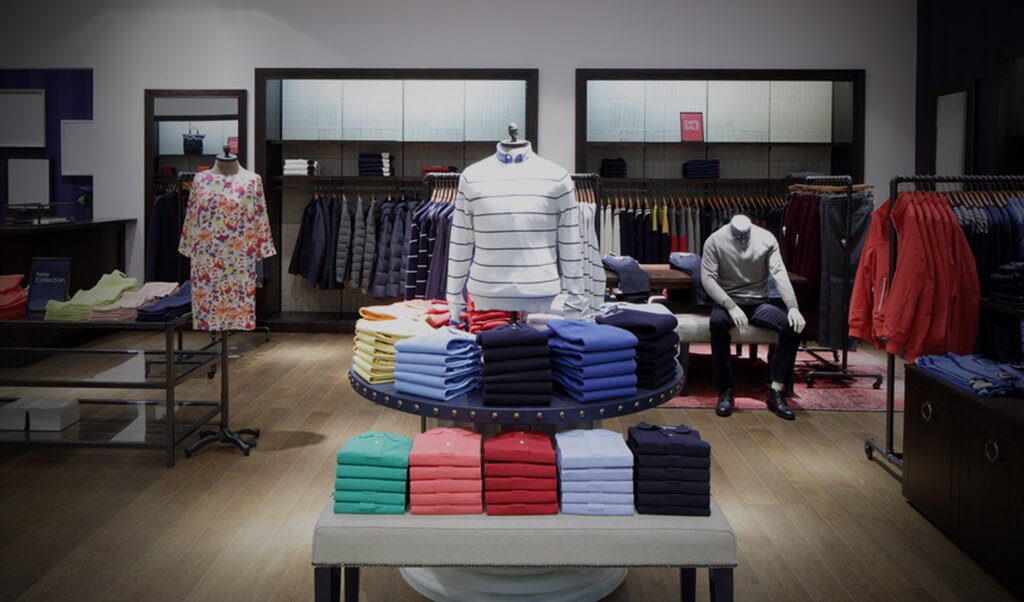This website uses cookies so that we can provide you with the best user experience possible. Cookie information is stored in your browser and performs functions such as recognising you when you return to our website and helping our team to understand which sections of the website you find most interesting and useful.

WHAT WILL IT TAKE FOR 2021 TO BE A GROUNDBREAKING YEAR IN CIRCULAR FASHION?
GreenBiz January 15, 2021

120,000. That’s the number of tons of post-industrial textile waste produced in the United States annually.
Establishing a true circular economy for the apparel industry could help lessen the impact. But while some big fashion brands are dabbling in these processes — through clothing collection initiatives such as Girlfriend Collective’s ReGirlfriend program or recommerce sites such as Eileen Fisher’s Renew — this concept is far from mainstream.
“The fashion industry is not taking responsibility in the form of financial investments at the scale that is necessary,” said Conor Hartman, COO and vice president of business development at Circ, a tech company that produces recycled textiles for the fashion industry.
“If you look at all the major brands that are out there and talking about changing the landscape, very few of them are actually investing in solutions like ours, and putting their money where their mouths are. We’d like to see more of that.”
Other factors that will come into play for circular fashion in 2021: practicing the future we want right now; investing in technology; and supporting legislation that would support a circular economy.
There are fashion companies that are starting to walk the talk. In October, Lauren Phipps, GreenBiz Group’s senior analyst for the circular economy, shared a flurry of circular fashion news. Two developments: Levi’s launched SecondHand, its first resale offering, and H&M opened Looop, which it described as the world’s first in-store garment-to-garment recycling system.
“When you said to me, ‘What’s going to happen in 2021?’ Two words popped into my head: progress and action. I’m an optimist,” said Karla Magruder, founder of Accelerating Circularity, a nonprofit with a mission to divert textiles from the landfill.
So, what needs to click for 2021 to be a groundbreaking year for circular fashion?
1. Lean into the will that 2020 has given people to change their habits
With rampant racial injustice, the west coast of the United States on fire and the COVID-19 pandemic, it’s hard to ignore the need to act to address each problem. The response to the COVID-19, despite its flaws, shows that when there is an urgent issue, people can work harder and faster to address it.
“I think our COVID experience really let us know how tight we are as a global ecosystem. And when that breaks down, everything breaks down,” said Garry Cooper, CEO of Rheaply, a startup in asset efficiency software. “I think it’s a good moment for the circular economy. The question for me is, how seriously do we take adopting circular principles?”
Cooper added that he thinks the business community is serious about doing just that right now.
2. Bridge gaps in the supply chain
Magruder mentioned that people already collect textiles and hand-sort them as part of the process for textile recycling. And there are efforts to get equipment in place to implement more mechanical sorting, which would work faster than humans.
For example, Fibersort, in development as of March, is able to automatically sort large volumes of mixed post-consumer textiles based on fiber composition.
But sometimes the people doing the sorting and the people doing the recycling don’t talk to one another, which means that they aren’t always working toward the same goal.
“[If] we can get these guys to all work together and talk together, I think we’ll start to see some things shake loose,” Magruder said. “I think there’s opportunity for some good collaboration there.”
One challenge that comes up for fashion and textile companies that launch recyclable products is making sure that they are actually collected and recycled at their end-of-life and able to be made into a new product.
“It really is about the whole system,” Magruder said.
While Coyuchi is a different kind of textile company — it makes home textiles such as sheets and towels — it serves as a model for what could be done in the fashion industry. The company took back products and used the textiles to create a blanket.
GreenBiz spoke to Coyuchi when it announced this effort. It noted that it had to make sure that every link in its supply chain understood its role and all the tasks that needed to be done — from figuring out the amount of materials that would be recycled to what the resulting product from the recycled textile would be.
“I would say that those conversations went on for at least a year before we were able to ship the product to be recycled to the recycler. It’s a lot of coordination,” said Coyuchi CEO Eileen Mockus at the time.
3. Invest in and scale technological solutions
Fashion technology company Circ has a 2030 goal to recycle 10 billion garments, which accounts for roughly 10 percent of the global annual production of textiles, according to Hartman. More than 100 billion items of clothing are produced each year.
Patagonia led the company’s recent $8 million Series A funding round and was joined by Marubeni America, Card Sound Capital and Alante Capital.
“It really takes industry giants like that working together with us with the technology solution, and with the vision that we have,” Hartman said. “When fashion brands make those investments, the wider investment community sees that as a point of confidence and can follow.”
Circ’s technology can take textile waste made from cotton or polyester or poly-cotton blends and give them a new life. Hartman said it can break down the polyester into its chemical building blocks, which is then made back into a virgin-grade polyester; and it can recover the cotton used for making man-made cellulosic fibers.
In 2021, the company will work with brand partners, which it couldn’t name at the time of reporting, to produce garments using its technology.
“From there, we’ll be out working to build the first factories … Our aim is to have those facilities all over the world,” said Hartman, whose company is based in Danville, Virginia. “We have global ambitions. This is a global problem. And we’d like to see our technology deployed as widely as possible to do that.”
4. Support and push for legislation at all levels of government
“Some of the usual suspects are already making moves in this arena,” Hartman said, noting that France recently banned textile landfilling, from retailers and from brands for unsold inventory.
And people are watching developments of the European Union for a textile strategy, which the European Commission started accepting feedback for on Jan. 5.
“This strategy will help the EU shift to a climate-neutral, circular economy where products are designed to be more durable, reusable, repairable, recyclable and energy-efficient,” reads the initiative’s webpage.
In the U.S. in November, the Massachusetts Department of Environmental Protection proposed to add textiles — and mattresses — to the list of materials banned from disposal in the state.
Legislation such as this and the regulations in France and the EU could push companies to implement circular fashion principles and strategies more widely across their products and potentially at a faster rate than they’re currently doing.


